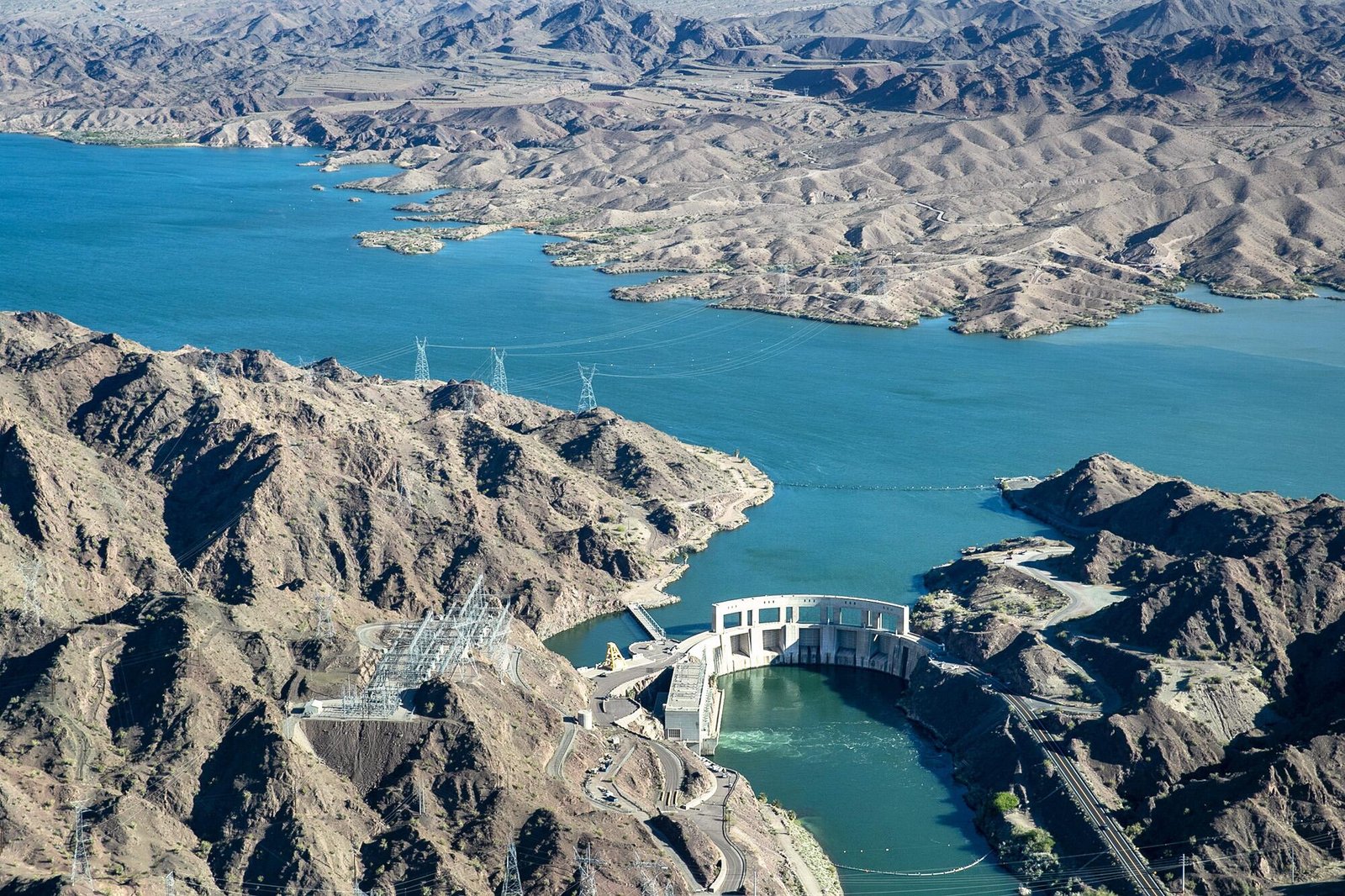The Biden administration has mediated ground-breaking agreements with important California water agencies in a bold attempt to address the region’s water scarcity issues.

The Biden administration has mediated ground-breaking agreements with important California water agencies in a bold attempt to address the region’s water scarcity issues. These agreements, part of the wider strategy to conserve water in Lake Mead, are set to preserve up to 643,000 acre-feet of water through 2025.
The comprehensive initiative includes a substantial compensation of $295 million for long-term investments in Colorado River water conservation projects.
Strategic Partnerships for Sustainable Water Management
The U.S. Bureau of Reclamation revealed that the Coachella Valley Water District has committed to saving as much as 105,000 acre-feet of water, while the Quechan Indian Tribe has agreed to conserve up to 39,000 acre-feet, both until 2025. Additional negotiations are underway with the Palo Verde Irrigation District and the Bard Water District, in collaboration with the Metropolitan Water District of Southern California.
Funded by the Inflation Reduction Act, these investments will be channeled through the Lower Colorado River Basin System Conservation and Efficiency Program.
The primary objective, as outlined by the federal agency on December 13, is to “increase near-term water conservation, build long-term system efficiency, and prevent the Colorado River System’s reservoirs from falling to critically low elevations that would threaten water deliveries and power production.”
Commitments for a Sustainable Future
These agreements form part of the commitments made by the Lower Colorado River Basin states—California, Arizona, and Nevada—to conserve 3 million acre-feet of water. The overarching goal is to address immediate needs while progressing toward improved system efficiency and durable long-term solutions, as detailed on the program’s web page.
Efforts such as these significantly reduce the risk of Lake Mead dropping below critical elevations in the near term. Currently, the surface level is approximately 40 feet higher than projected at this time last year.
Coachella Valley Water District’s Contribution
As part of its commitment, the Coachella Valley Water District has agreed to curtail replenishment at the Thomas E. Levy Groundwater Replenishment Facility. According to spokeswoman Lorraine Garcia, this is a temporary measure to leave water in Lake Mead without affecting the district’s customers.
Under the three-year agreement, the district stands to receive compensation of $400 per acre-foot. If the conservation target of 35,000 acre-feet per year is met, this amounts to a total of $42 million, earmarked for yet-to-be-determined construction projects. Garcia emphasized the district’s understanding of the importance of contributing to the conservation of Colorado River water and Lake Mead, particularly in the face of a two-decade-long drought.
Looking Beyond the Immediate: Long-Term Water Management Goals
While participating in the short-term conservation program, the Coachella Valley Water District is simultaneously working on non-potable water pipeline expansion projects. These initiatives aim to deliver approximately 5,200 acre-feet annually for landscape irrigation.
Lorraine Garcia highlighted the district’s broader water management goals, including increasing the supply of recycled water, implementing source substitution, and enhancing water efficiency across all customer sectors. These efforts align with the district’s commitment to adapting to a hotter, drier future through sustainable water management practices.
As the Biden administration continues to foster strategic collaborations to address pressing environmental challenges, these agreements mark a significant step toward ensuring the resilience of critical water reservoirs and the long-term sustainability of water resources in the region. The commitment of both federal and local entities underscores a collective dedication to navigating the complex intersection of water conservation, climate resilience, and community well-being